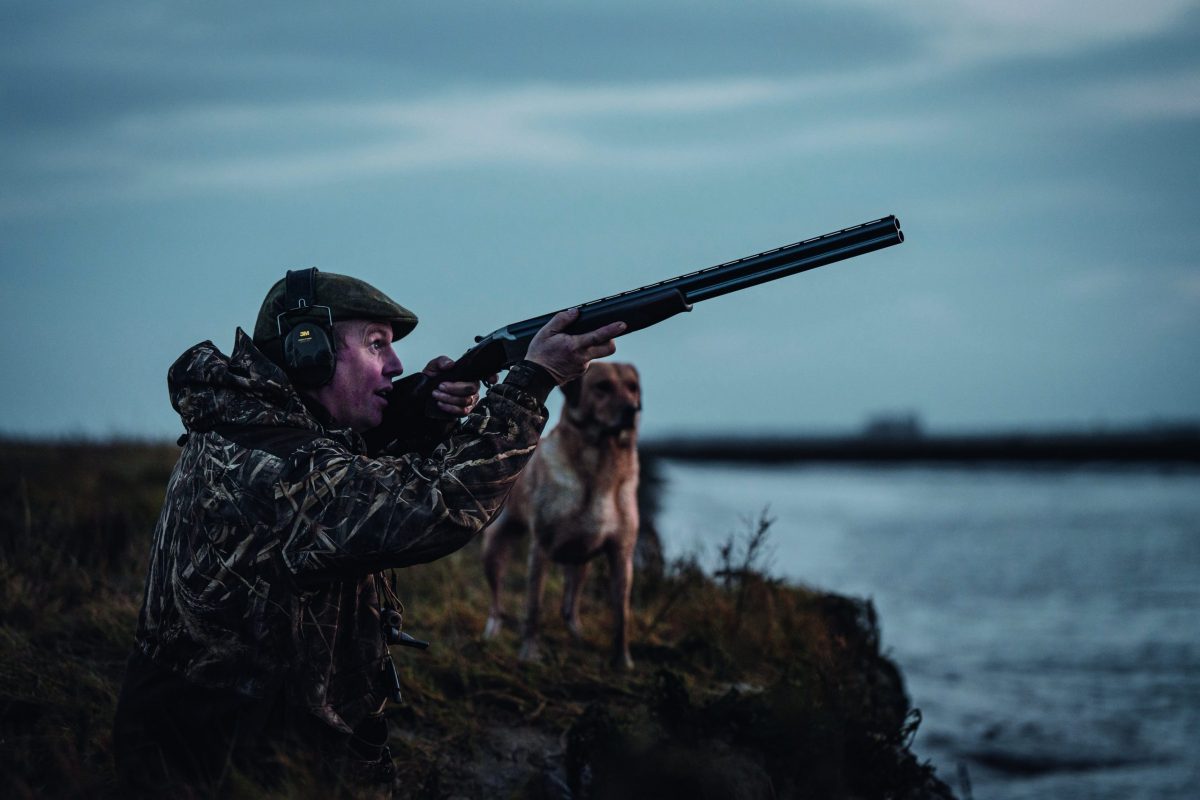Wildfowling gear – what do you need ahead of the new season?
The new season is fast approaching, so now’s the time to get all your wildfowling gear sorted and make sure everything is in good working order

Mike Swan will be giving his Medway fowling boat a thorough going over before the season starts
With a little over two months to go to ‘The First’, the closed season is two-thirds over already, so it’s time to get organised and make sure that the wildfowling gear is all in good working order. The little outboard that pushes my Medway fowling boat is booked in for its annual service, but the rest is down to me.
The boat itself was given a thorough internal scrub when we collected it from its mooring in February, but I’ll be having the cover off for an inspection sometime soon. Being made of aluminium, it is very low maintenance, but a bit of a scrape down of the underside will be in order, along with a new coat of wood preserver on the bottom boards. While I am at it, I’ll also check that the anchor rope and oars are sound; having had an oar break in the past, I have no desire to be in the same position again.
Wildfowling gear – key part of the kit
Tide flighting is a big part of my sport, so decoys are a key part of the kit too. I am quite convinced that setting them in as natural a pattern as possible is by far the most important part of making them work well. Even so, ducks have good eyesight, so I think it is well worthwhile to give the decoys a thorough wash each summer before touching up the paint. This applies especially to the more obvious black and white markings on the drakes. Pintail being perhaps my favourite quarry species, I pay particular attention to them, because the boys are so eye-catching.
Many years ago, my then-boss Ian McCall came with me for a late-season day that involved a long walk out over the Medway mud. Success was hard won, and we ended up with just a brace of teal apiece. Walking off in the dark, Ian lost his because his gamebag was so rotten that they both fell through a growing hole in the bottom. These days we mostly use rot-proof synthetic materials rather than good old cotton canvas, but even so, a thorough check and testing of your fowling bag seems a good idea to me. In the process you can also check things like your compass, torch and any other safety kit that stays in the bag all season long.
Any fowler who neglects to clean the gun thoroughly after each trip to the marsh is asking for a breakdown, if not something more dangerous. Nevertheless, I think it wise to fetch the gun out sometime soon and strip it down as far as your expertise allows. Most modern guns are remarkably easy to open up and inspect, and it is surprising how much muck can build up inside the mechanism. If you are not confident to do this for yourself, then follow the time-honoured advice and take it for a professional service.
I am very much one for seasonality in food, and putting numbers of birds into the freezer is not my thing. I might keep a few teal for a summer barbecue, but not much more. However, there is one little summer ritual from the days when Mum and Dad first bought a fridge. Dad would then put away a brace of carefully prepared mallard for a midsummer feast with home-grown peas and new potatoes. I’m looking forward to the 50th anniversary of that as I write these words.
Click here for our list of the best wildfowling gear for the season ahead








